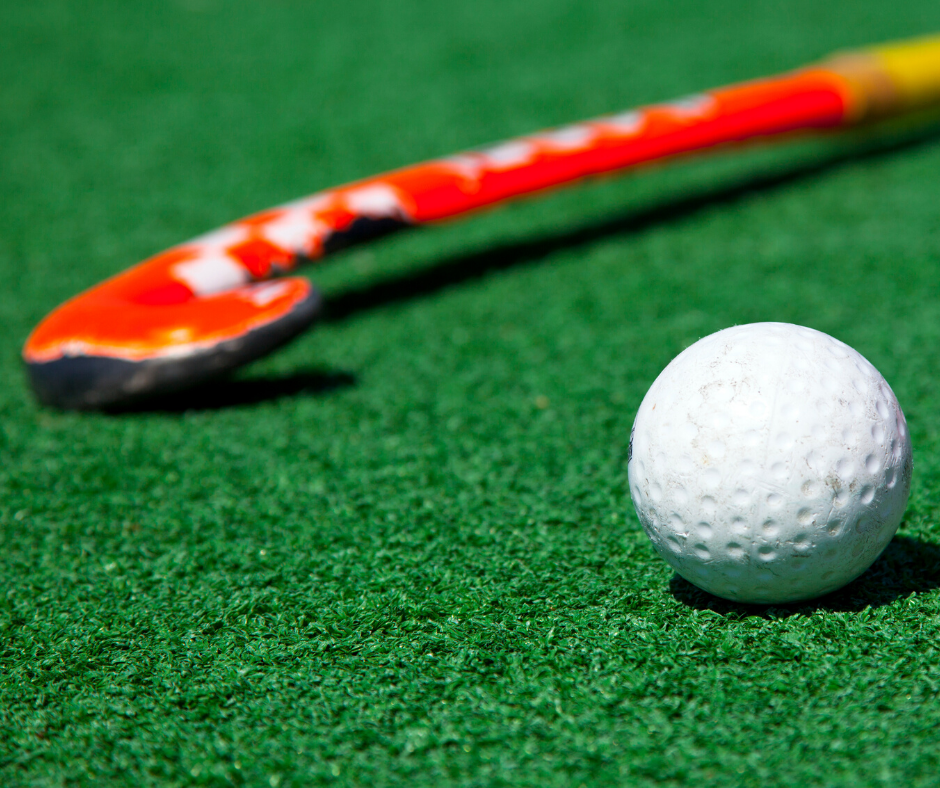When you’ve got foot pain, many people will try anything that promises to get rid…
Hockey: Five Common Injuries & How To Prevent Them
 We love hockey – it keeps us on the edge of our seats! Professional matches have been found to have one of the fastest swing speeds of any stick sport at over 165 km/h, and players can run over 8km in one game! Perhaps this gives us a little insight into why hockey has been found to have an injury rate of up to 8.6%, with women and professional players having a higher risk of getting hurt [1][2].
We love hockey – it keeps us on the edge of our seats! Professional matches have been found to have one of the fastest swing speeds of any stick sport at over 165 km/h, and players can run over 8km in one game! Perhaps this gives us a little insight into why hockey has been found to have an injury rate of up to 8.6%, with women and professional players having a higher risk of getting hurt [1][2].
With hockey being so popular here in the Wairarapa and very high participation rates locally (we’re looking at you, Clareville courts!), today we thought we’d share five of the top hockey injuries we see – and share our tips to help prevent them!
On a side note, did you know that Brian Fitzpatrick, who coaches the men’s World Champion winning hockey team the Kookaburras, is one of Adam’s mentors? Yep! We are guided by the best.
Shin Splints
If you’re lucky enough to have never experienced shin splints, it can cause severe pain at the front and inside of your shins that can stop you in your tracks. It’s an overuse injury, meaning that it comes on during repetitive and high impact activities that involve the muscles that attach to your shins – like in running!
Prevention tip: As your shoes, tight muscles, and the alignment of your feet and legs (especially flat feet) can contribute to the development of shin splints, it’s very important to have a good warm-up, stretch regularly, and wear supportive hockey shoes – that are replaced when they’re worn down.
Stress Fractures
Unlike regular fractures that occur from sudden impact (which can also occur in hockey from a collision, for example), stress fractures develop gradually in the bones over time. They’ll start as a very small hairline crack, which may have no more symptoms than a dull ache or slight discomfort. As more stress and force is placed on the same bone, the cracks will grow, until it gets painful enough for the affected person to take action and seek help to start repairing and healing the bone.
Prevention tip: Don’t ignore pains and niggles in your feet. Pain never occurs for no reason! When stress fractures are caught early, treatment is significantly faster and easier as less damage has occurred. See your podiatrist if you have foot pain or suspect that you may have a stress fracture.
Turf Toe
Running through the turf and trip over your foot? As the big toe joint is thrust back when this happens, this is a common cause of turf toe. Similarly, it can happen when you forcefully push off from the ground during a sudden start to chase that ball. This force sprains the big toe joint, which can cause pain, swelling, stiffness and bruising.
Prevention tip: Make sure your shoes are the right size to reduce the likelihood of tripping over your feet. If you do sprain your toe, apply ice immediately to help reduce the swelling and pain, keeping your foot elevated. Take time to let your toe recover, as you can worsen your sprain if you’re not careful.
Ankle Sprains
With the quick starts, turns, and the sudden changes of direction on the turf, it’s no surprise that ankle sprains are a biggie on this list. When you twist your ankle, you damage the ligaments designed to stabilise your ankle joint. This means your ankle can feel less stable when you walk, alongside being painful, swollen and stiff.
Prevention tip: When sprains aren’t well managed, they can lead to the permanent weakening of the ankle ligaments. This is known as ankle instability, and makes you more vulnerable to more ankle sprains in the future. Hence, always make sure that you rehabilitate any sprains you do sustain properly. This means actively working to strengthen the ankle after your sprain.
Achilles Pain
The Achilles tendon is the largest tendon in your body, and transmits a great amount of force with every step so that you can push off with your feet when you walk. When you run, the Achilles tendon is working almost non-stop to help you keep going, so is vulnerable to damage when it is overloaded. This will be felt as pain and swelling towards the back of your heel, which may radiate up your leg. It will be exacerbated by running and other high-impact movements.
Prevention tip: As tight calf muscles can contribute to the development of an Achilles injury, make sure you stretch well every day – and before every game!
Worried about pain or injury?
We love helping active families in the Wairarapa region stay that way. If you’re worried about pain or injury, make an appointment with our experienced podiatry team. We have innovative treatments like shockwave to help optimise your recovery – and get you back on that hockey turf!
Book your appointment online by clicking here or call us on (06) 370 4057
1 – https://www.ncbi.nlm.nih.gov/pmc/articles/PMC5856874/
2 – https://journals.plos.org/plosone/article?id=10.1371/journal.pone.0201834
